
Encephartos horridus - Plant
(MRP Inclusive of all taxes)
- Shipping ₹79 for entire order
- Dispatch in 7 days
- Country of origin: India

(MRP Inclusive of all taxes)
 Save 29%
Save 29%
Air Purifier Money Plant with Pot The Air Purifier Money Plant, also known as Pothos or Epipremnum aureum, is a stunning indoor plant that...
View full details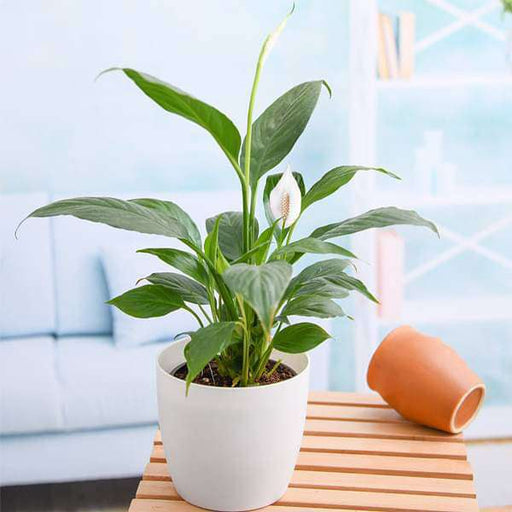
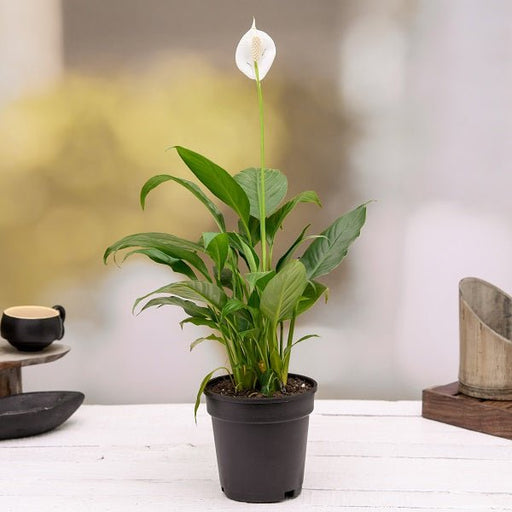 Save up to 15%
Save up to 15%
Peace Lily, Spathiphyllum - Plant The Peace Lily, scientifically known as Spathiphyllum, is a stunning houseplant celebrated for its elegant white...
View full details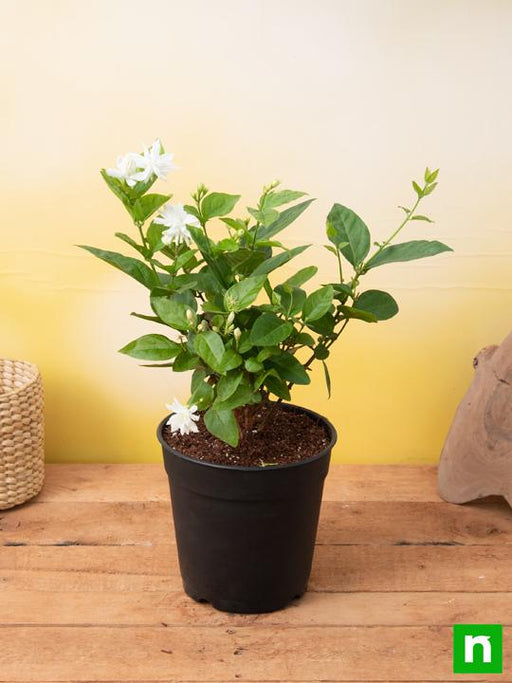
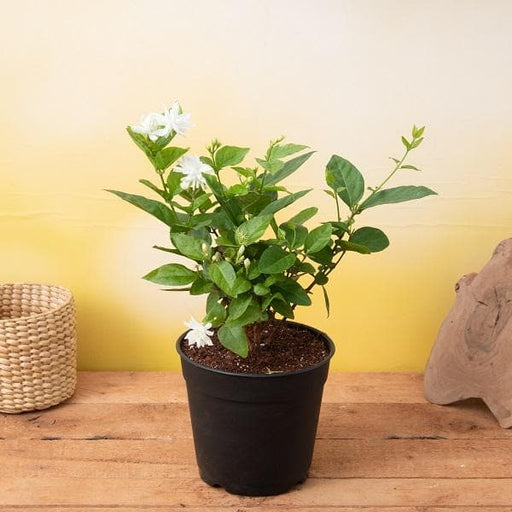 Save 25%
Save 25%
Jasminum sambac, Mogra, Arabian Jasmine - Plant Jasminum sambac, commonly known as Mogra or Arabian Jasmine, is a fragrant flowering plant...
View full details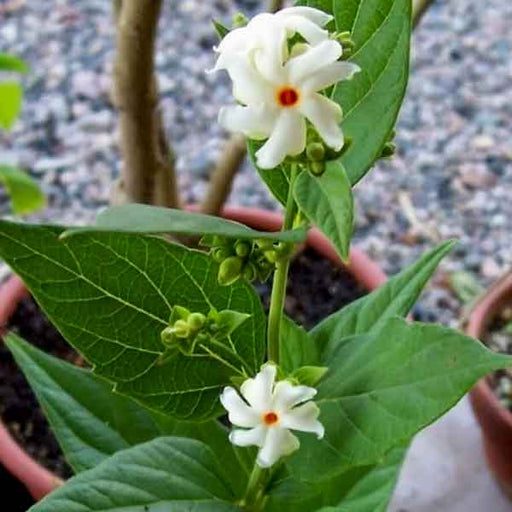
 Save 18%
Save 18%
Combo Constituents Includes the Parijat Tree (Night-Flowering Jasmine), a culturally significant plant with fragrant flowers. Description The Pari...
View full details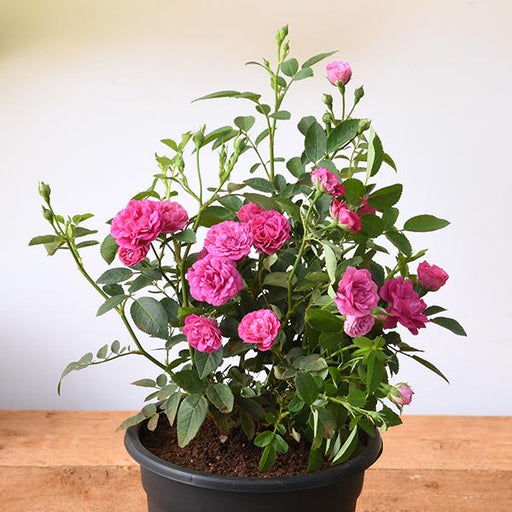
 Save 25%
Save 25%
Miniature Rose, Button Rose (Any Color) - Plant The Miniature Rose, also known as the Button Rose, is a charming and compact flowering plant that ...
View full details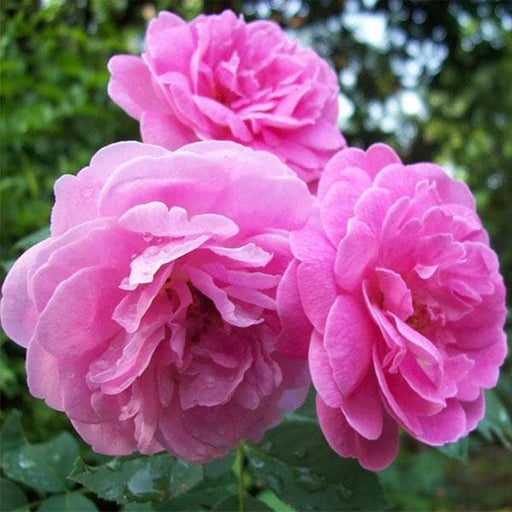 Save 25%
Save 25%
Damascus Rose, Scented Rose (Any Color) - Plant The Damascus Rose, also known as Rosa damascena, is a timeless symbol of beauty and romanc...
View full details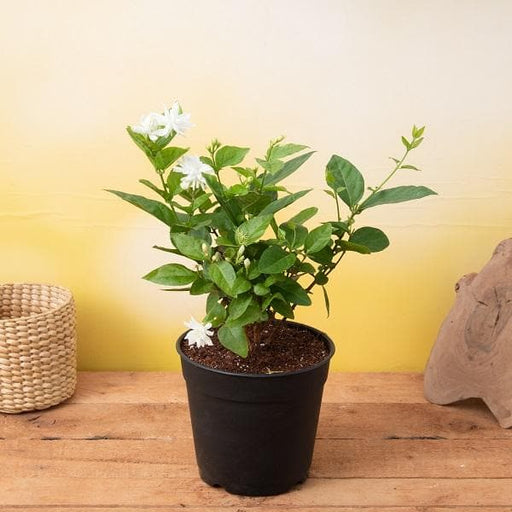
 Save 17%
Save 17%
Beautiful Fragrant Mogra, Arabian Jasmine Plant with Pot The Beautiful Fragrant Mogra, also known as Arabian Jasmine (Jasminum sambac), is...
View full details Save 15%
Save 15%
Pack of Vermicompost and Neem Cake for House Plants Transform your indoor garden with our premium Pack of Vermicompost and Neem Cake, spec...
View full details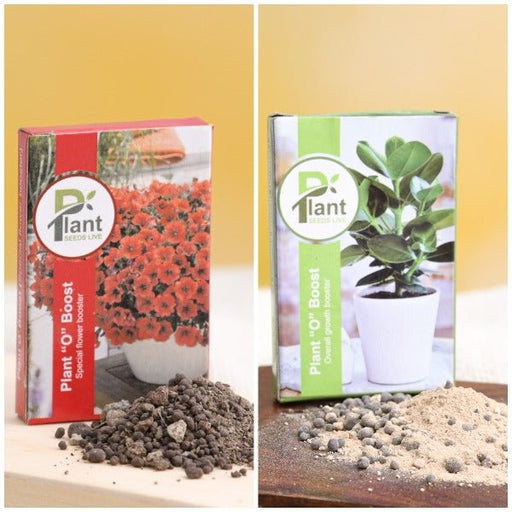
Pack of Plant Growth and Flower Boosters Unlock the full potential of your garden with our Pack of Plant Growth and Flower Boosters! This ...
View full details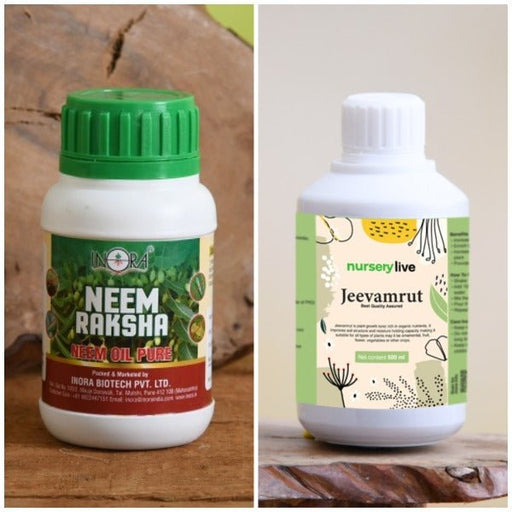 Save 38%
Save 38%
Combo of Jeevamrut and Neem Raksha for Easy Growth and Protection of Houseplants Transform your indoor garden with our exclusive combo of ...
View full details Save 22%
Save 22%
Plant Nutrients Kit (Pack of 16) for a Healthy Garden Transform your garden into a lush paradise with our Plant Nutrients Kit, featuring 1...
View full details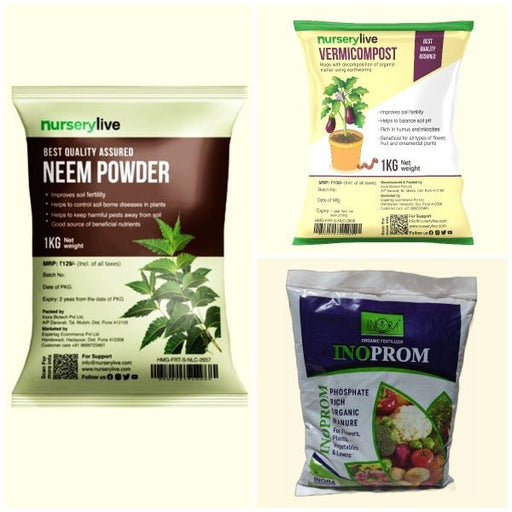 Save 16%
Save 16%
Combo of Top Plant Fertilizers Elevate your gardening game with our exclusive Combo of Top Plant Fertilizers, featuring two bags of premiu...
View full details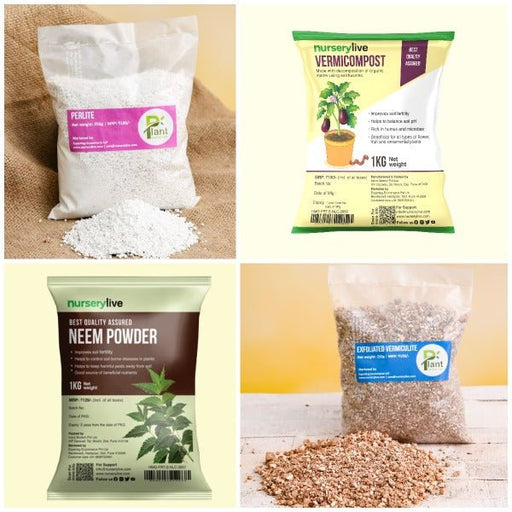 Save 24%
Save 24%
Pack of 4 Additives to Make Soil Healthy and Nutrient Rich Transform your garden into a thriving ecosystem with our Pack of 4 Additives de...
View full details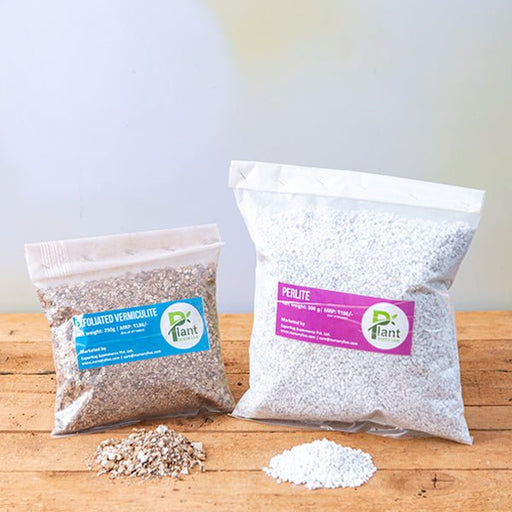 Save 30%
Save 30%
Transform your gardening experience with our premium Combo of Perlite and Vermiculite. This unique blend is designed to enhance soil aeration and ...
View full details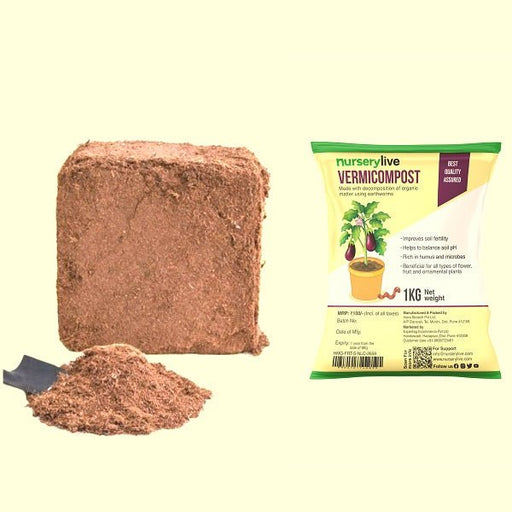 Save 27%
Save 27%
Combo of 2 Vermicompost and Cocopeat - Enrich Your Soil Naturally! Transform your garden into a thriving ecosystem with our Combo of 2 Ver...
View full details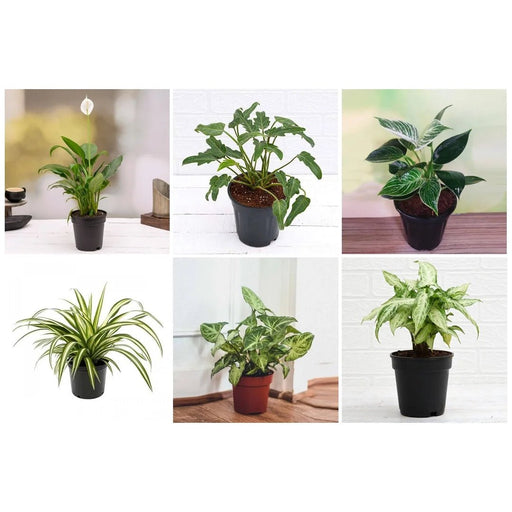
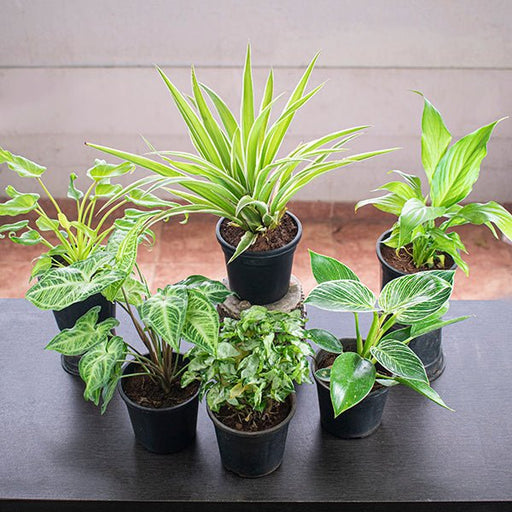 Save 35%
Save 35%
Best 6 Plants for Perfect Indoor Garden Transform your living space into a lush oasis with our curated collection of the Best 6 Plants for a...
View full details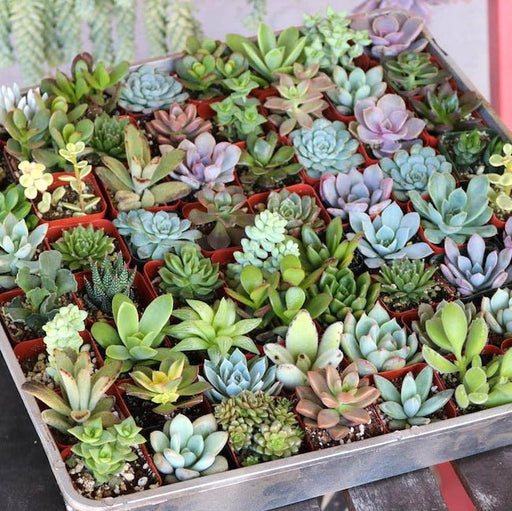
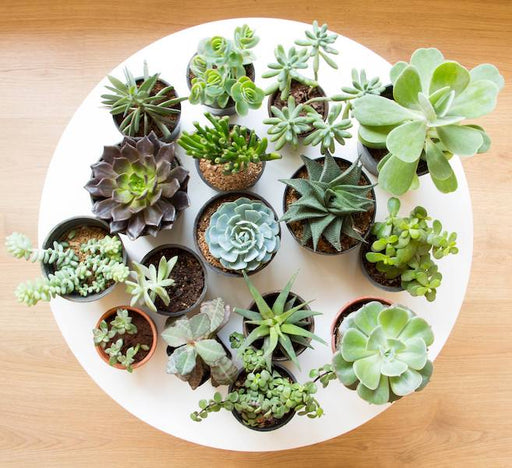 Save up to 50%
Save up to 50%
Mini Succulent Garden Pack Transform your space with our Mini Succulent Garden Pack, featuring a delightful collection of 4 any variety beautiful s...
View full details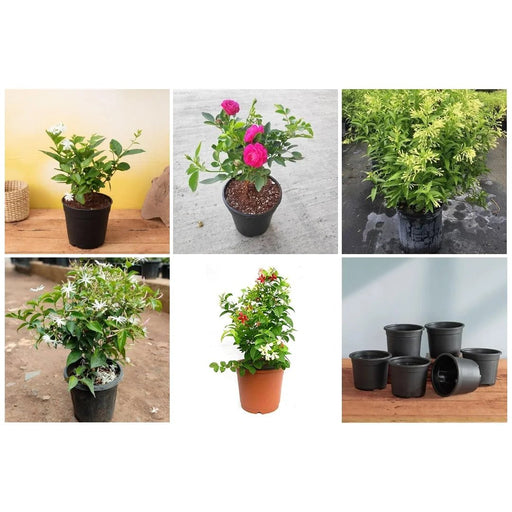
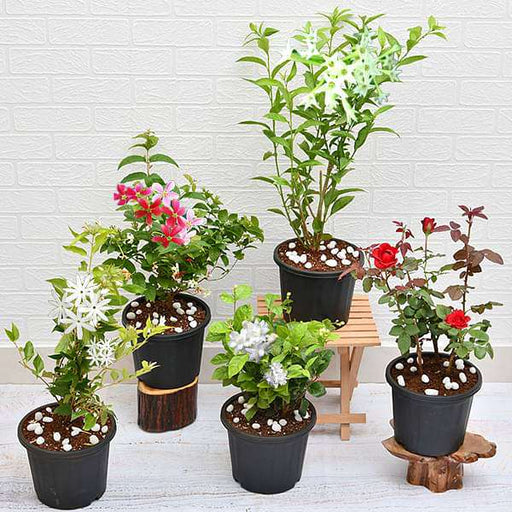 Save 30%
Save 30%
5 Best Fragrant Plants Transform your garden or indoor space into a fragrant paradise with our curated selection of the 5 Best Fragrant Plants. Th...
View full details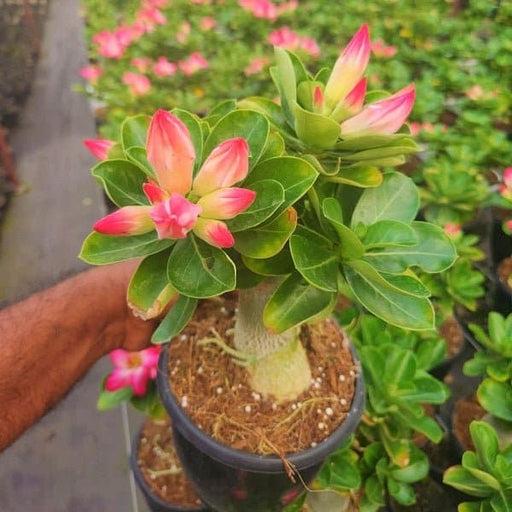
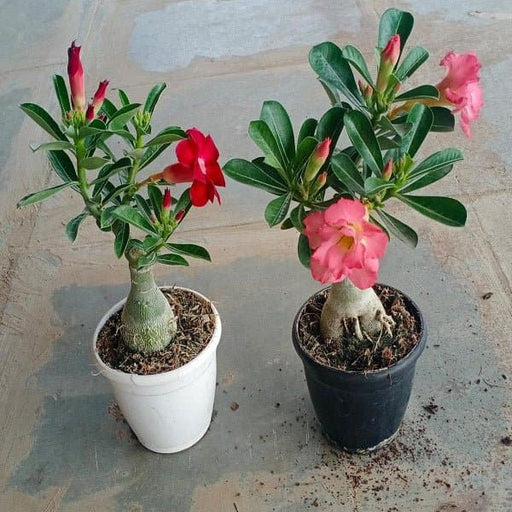 Save 24%
Save 24%
Set of 2 Bonsai Looking Grafted Adeniums Transform your indoor or outdoor space with our exquisite Set of 2 Bonsai Looking Grafted Adenium...
View full details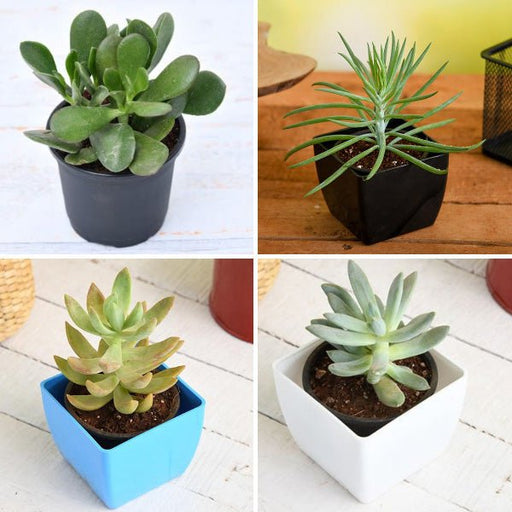 Save 45%
Save 45%
Top 4 Die Hard Succulents Pack Transform your indoor or outdoor space with our Top 4 Die Hard Succulents Pack, featuring a curated selecti...
View full details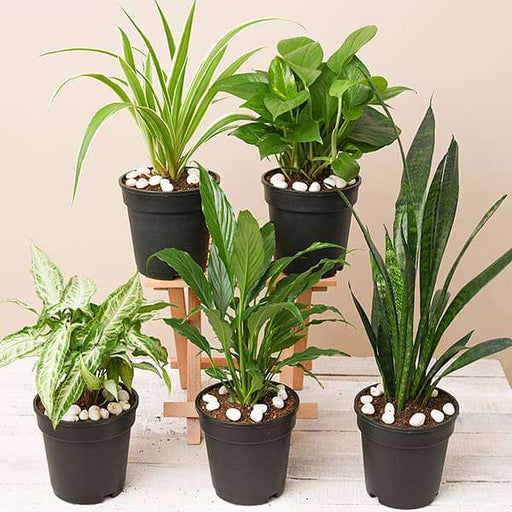
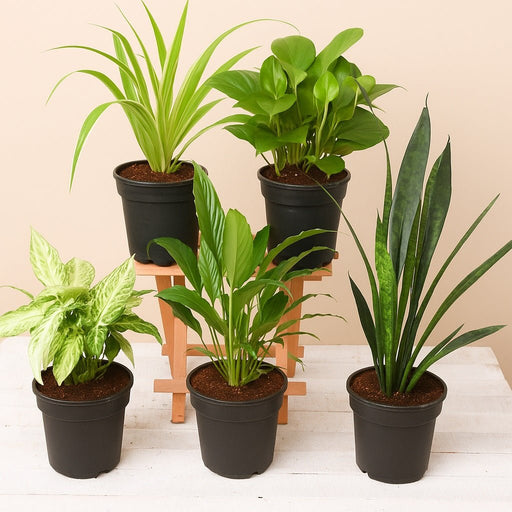 Save 30%
Save 30%
5 Best Indoor Plants Pack Transform your living space into a lush oasis with our '5 Best Indoor Plants Pack.' This carefully curated collection fe...
View full details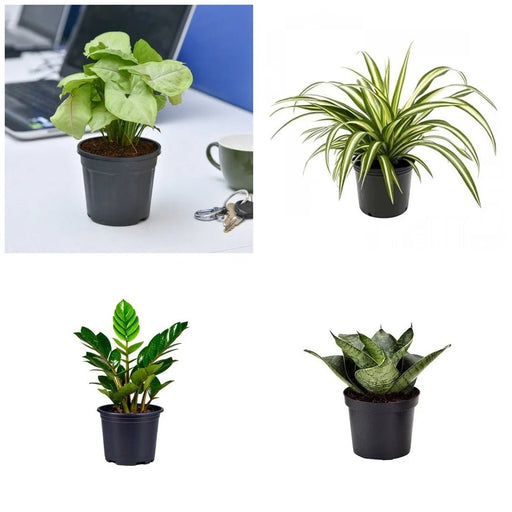
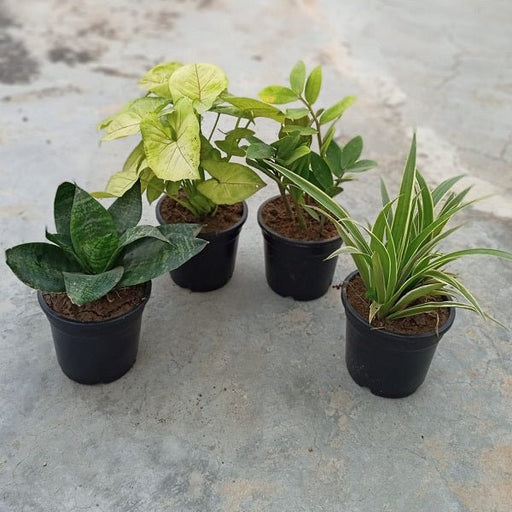 Save 25%
Save 25%
Set of 4 Evergreen Air Purifier Plant Pack Transform your indoor space into a lush, green oasis with our Set of 4 Evergreen Air Purifier Pla...
View full details| SrNo | Item Name |
|---|---|
| 1 | Encephartos horridus - Plant |
Encephartos horridus, commonly known as the Blue Cycad, is a stunning and unique plant native to South Africa. This ancient species, which dates back over 200 million years, is characterized by its striking blue-green leaves and robust, spiky appearance. As a member of the Cycad family, it is often referred to as a "living fossil," showcasing the beauty and resilience of prehistoric flora.
What makes Encephartos horridus truly special is its rarity and adaptability. This cycad thrives in arid environments, making it an excellent choice for xeriscaping and low-water gardens. Its unique coloration and architectural form add a dramatic touch to any landscape, while its ability to withstand drought conditions makes it a sustainable choice for eco-conscious gardeners.
One of the standout features of Encephartos horridus is its impressive longevity. This cycad can live for over 100 years, making it a lasting addition to your garden. Additionally, it produces large, cone-like structures that are both visually striking and essential for reproduction, showcasing the plant's unique life cycle.
If you think caring for a plant is as easy as watering it and giving it a pep talk, think again! The Encephalartos horridus, with its spiky leaves and charmingly rugged demeanor, requires a bit more finesse. This cycad thrives in well-draining soil and loves a sunny spot, but don’t let it bake in the sun like a potato! Water it just enough to keep it happy, and remember, it’s not a fan of soggy feet. Treat it like royalty, and it might just reward you with its stunning foliage.
Patience is a virtue, especially when it comes to the growth rate of the Encephalartos horridus. This slowpoke of the plant world takes its sweet time to reach maturity, often taking several years to show off its full glory. But hey, good things come to those who wait! With the right care, you’ll eventually be the proud parent of a majestic cycad that will have your friends green with envy.
a rugged landscape, sun-soaked and dry, where the Encephalartos horridus feels right at home. Native to South Africa, this plant thrives in rocky, well-drained soils, making it the ultimate survivor. It’s like the tough guy of the plant kingdom, perfectly adapted to withstand harsh conditions. So, if you’re looking to recreate its natural habitat, think arid and rocky, and your cycad will thank you for it!
Want to play plant matchmaker? Propagating the Encephalartos horridus can be a rewarding challenge. This cycad can be propagated through seeds or offsets, but don’t expect instant results. Patience is key, as seeds can take a while to germinate. Just remember, it’s not a race; it’s a journey! With a little love and care, you’ll soon have new little cycad companions to brighten your garden.
the Encephalartos horridus is not just a pretty face; it’s also a bit of a diva! While it may look inviting, this plant is toxic if ingested. So, if you have pets or small children, it’s best to keep this spiky beauty out of reach. Think of it as the plant equivalent of a “Do Not Disturb” sign—beautiful but best admired from a distance!
If you’re planning to pamper your Encephalartos horridus, sunlight is its best friend. This cycad loves basking in bright, indirect light, but too much direct sun can lead to crispy leaves. It’s like a sunbather who needs just the right amount of SPF! So, find that sweet spot where it can soak up the rays without turning into a plant pancake.
When it comes to soil, the Encephalartos horridus is a bit of a snob. It prefers well-draining, sandy soil that mimics its natural habitat. Think of it as a plant that enjoys a luxurious spa day—no soggy mess for this diva! A mix of sand, peat, and perlite will keep your cycad happy and thriving, ensuring it doesn’t drown in its own success.
Like any good drama, the Encephalartos horridus has its share of pests trying to steal the spotlight. Mealybugs and scale insects can be a nuisance, but fear not! A little neem oil or insecticidal soap can send these unwanted guests packing. Keep an eye on your cycad, and it’ll remain the star of your garden, free from pesky intruders.
If you want your Encephalartos horridus to strut its stuff, a little fertilization goes a long way. During the growing season, a balanced fertilizer will help it flourish. Just remember, moderation is key—too much food can lead to a plant that’s all show and no substance. Think of it as a diet for your cycad; a little boost here and there will keep it looking fabulous!
Looking to add a touch of drama to your garden? The Encephalartos horridus is your go-to plant! With its striking appearance and architectural form, it makes a bold statement in any landscape. Whether used as a focal point or in a tropical-themed garden, this cycad will have your neighbors doing double-takes. Just be prepared for the compliments to roll in!
While the Encephalartos horridus is a showstopper on its own, did you know there are other varieties to explore? From different leaf shapes to varying sizes, each variety brings its own flair to the table. It’s like a family reunion where everyone has their unique quirks! So, if you’re feeling adventurous, consider adding a few different varieties to your collection for a truly diverse garden.
Encephartos horridus, also known as the Blue Zamioculcas, is a striking cycad native to South Africa. With its spiky, blue-green leaves and prehistoric charm, it’s like having a dinosaur in your garden—minus the roaring and the need for a T-Rex-sized watering can.
Caring for Encephartos horridus is a breeze! Provide well-draining soil, bright indirect light, and water only when the top inch of soil is dry. Think of it as a low-maintenance pet that doesn’t need walks, just a little love and the occasional chat about the weather.
Yes, Encephartos horridus is toxic if ingested. It contains compounds that can cause gastrointestinal distress. So, while it may look like a tempting snack, remind your pets and kids that this plant is more of a decorative piece than a salad ingredient.
Absolutely! Encephartos horridus can thrive indoors, provided it gets enough light. Place it near a bright window, and it’ll be as happy as a clam—if clams had spiky leaves and a penchant for dramatic flair in home decor.
Encephartos horridus loves well-draining soil, ideally a mix of potting soil, sand, and perlite. Think of it as a spa day for roots—no soggy feet allowed! This mix keeps the roots happy and prevents the dreaded root rot.
Water your Encephartos horridus when the top inch of soil feels dry. It’s like a plant version of a spa day—too much water, and it’ll feel like it’s drowning. Too little, and it’ll be parched. Balance is key!
Yes, Encephartos horridus appreciates a little fertilizer love during the growing season. Use a balanced, diluted fertilizer every month. Think of it as a gourmet meal for your plant—just don’t overdo it, or it might get a bit too “full.”
Watch out for scale insects and mealybugs! These little critters can be a nuisance. If you spot them, treat your plant with insecticidal soap or neem oil. It’s like sending in the pest police to restore peace in your leafy kingdom.
Encephartos horridus can survive mild winters but prefers temperatures above 50°F (10°C). If you live in a colder climate, bring it indoors before the frost arrives. Think of it as a winter vacation—no snow, just sunshine and cozy indoor vibes.
Encephartos horridus is not a speedster; it grows slowly, adding just a few leaves each year. Patience is key! It’s like waiting for a fine wine to mature—worth the wait for that stunning, prehistoric look in your garden.
You can find Encephartos horridus at specialty nurseries, online plant shops, or botanical gardens. Just be sure to check the plant’s health before purchasing. After all, you want a plant that’s ready to rock your garden, not one that’s seen better days!